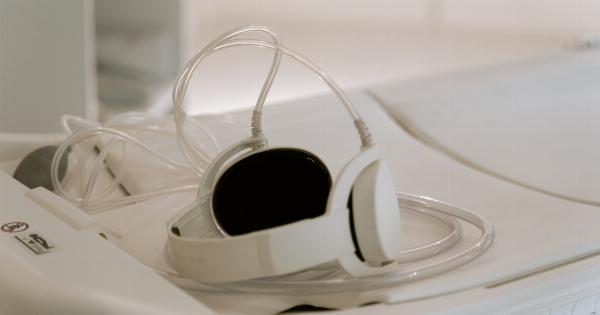In recent years, there has been a growing concern about the harmful effects of pollution on our health. Numerous studies have highlighted the detrimental impact of air pollution on various organs and systems in the body.
In particular, pregnant women and their developing babies are vulnerable to the adverse effects of pollution. Research has now revealed a disturbing link between pollution and placental abnormalities in pregnant women.
The Placenta: An Essential Organ in Pregnancy
The placenta plays a crucial role in prenatal development. It is responsible for providing oxygen and nutrients to the developing fetus, removing waste products, and producing essential hormones that support pregnancy.
Any disturbances in the structure or function of the placenta can have severe consequences for both the mother and the baby.
The Impact of Pollution on Placental Health
Studies have demonstrated that exposure to air pollution during pregnancy can lead to significant placental abnormalities.
Fine particulate matter, or PM2.5, which consists of tiny airborne particles, has been found to penetrate the placental barrier and accumulate in placental tissues. This accumulation triggers an inflammatory response, disrupting the normal functioning of the placenta.
Causes of Placental Abnormalities due to Pollution
There are several mechanisms through which pollution can cause placental abnormalities. Firstly, the oxidative stress induced by pollutants can lead to DNA damage and cellular dysfunction within the placental cells.
This can compromise the transport of essential nutrients and oxygen to the fetus, ultimately affecting its growth and development.
Additionally, pollutants can interfere with the delicate balance of hormones within the placenta, disrupting the normal signaling pathways.
This can result in hormonal imbalances that may contribute to complications such as gestational diabetes, preeclampsia, and preterm birth.
Adverse Effects on Fetal Development
The placental abnormalities caused by pollution not only impact the health of the mother but also pose significant risks to the developing fetus.
Insufficient nutrient and oxygen supply due to disrupted placental functioning can result in intrauterine growth restriction (IUGR), low birth weight, and developmental abnormalities.
Moreover, exposure to pollution during critical stages of fetal development can lead to epigenetic changes in the unborn child. Epigenetic alterations are modifications to the DNA that do not involve changes in the underlying genetic code.
These changes can have long-lasting effects on the health of the offspring, potentially increasing the risk of chronic diseases later in life.
Symptoms and Diagnosis
Placental abnormalities caused by pollution may not present with obvious symptoms, making diagnosis challenging. However, certain indicators may suggest a potential issue.
These include decreased fetal movements, abnormal ultrasound findings, and complications during pregnancy such as preeclampsia or preterm labor.
Diagnostic procedures such as Doppler ultrasound scans, placental tissue analysis, and monitoring fetal growth can aid in detecting placental abnormalities.
It is crucial for pregnant women who reside in areas with high pollution levels to undergo regular prenatal check-ups to ensure the well-being of both mother and baby.
Prevention and Mitigation Strategies
Protecting pregnant women from pollution is essential to reduce the incidence of placental abnormalities. Some preventive measures and mitigation strategies include:.
- Avoiding outdoor activities during peak pollution hours
- Using air purifiers in indoor spaces
- Wearing masks specifically designed to filter out pollutants
- Ensuring proper ventilation in homes and workplaces
- Supporting policies aimed at reducing pollution levels
- Promoting sustainable transportation
- Encouraging green spaces and planting trees
These measures can help minimize exposure to pollutants, safeguard the health of pregnant women, and protect the developing fetus from potential harm.
Conclusion
As research continues to reveal the intricate connections between pollution and human health, it is evident that pregnant women are particularly susceptible to the adverse effects of pollution.
Placental abnormalities caused by pollution can have far-reaching consequences, affecting both the mother and the developing baby. Implementing preventive measures and advocating for cleaner environments is crucial in reducing the occurrence of placental abnormalities and ensuring the well-being of pregnant women and their babies.






























